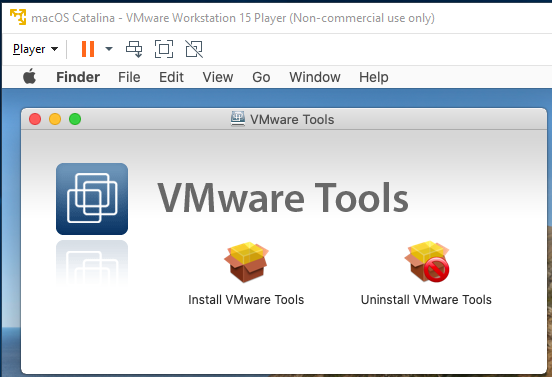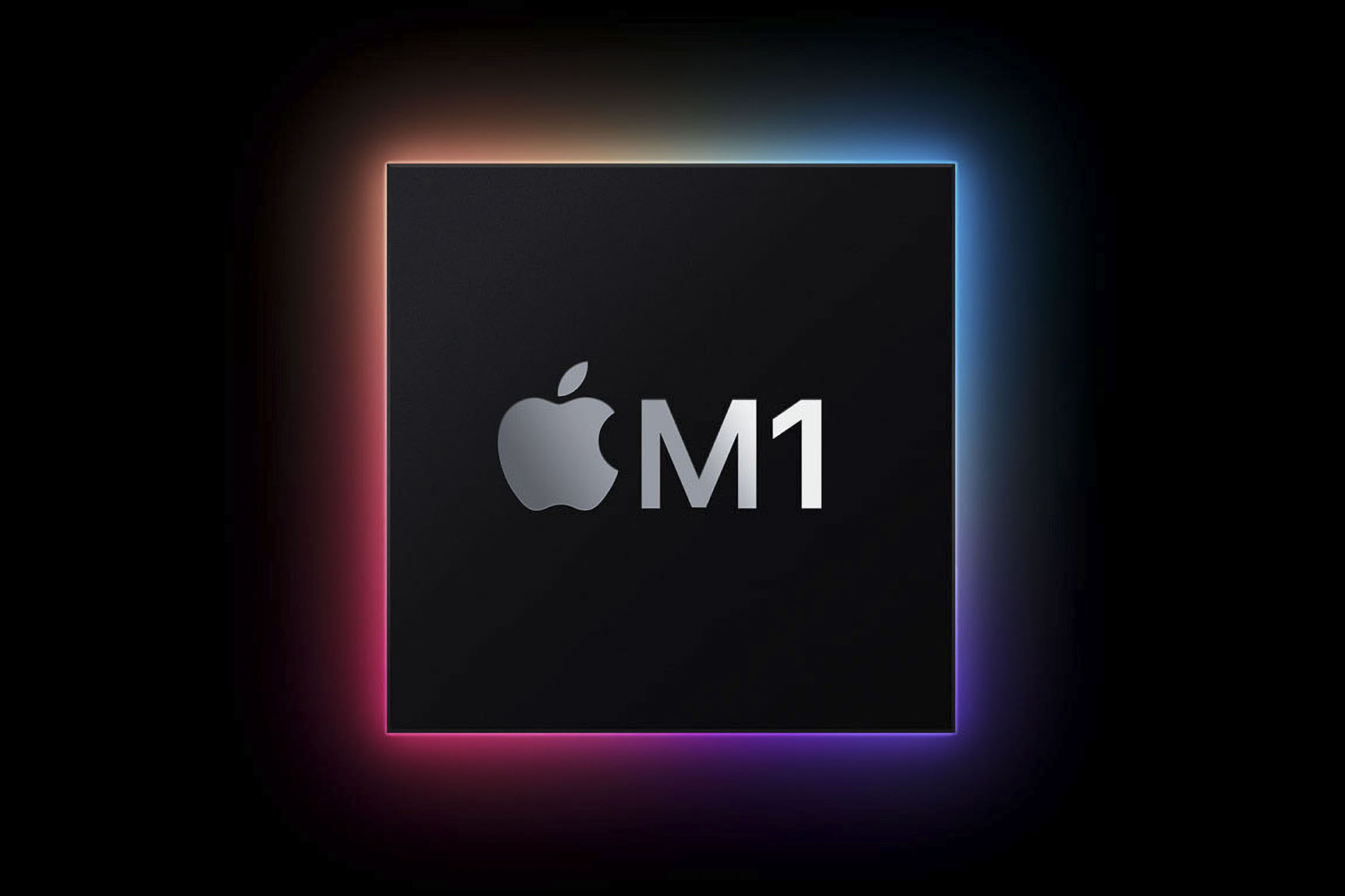


Those apps will run even faster after they’ve been updated to support Apple Silicon.īut what about apps that aren’t Mac apps? Apple There’s a bit of a slowdown due to the translation, but the M1 and M2 chips are so fast that they seem to perform just as well as they did on Intel Macs. Your existing Mac apps will run just fine even if they haven’t been upgraded to support Apple Silicon. (The M2 is the successor to the M1, and it’s in the same situation with regards to Windows applications.)Īpple built into a translation system named Rosetta 2, and it lets these new Macs run Mac applications designed for Intel Macs. This is a custom ARM chip that has more in common with the chips built into iPhones and iPads than the Intel CPUs found in existing Macs. Why the M1 and M2 Chips Are a Problem For Windows SoftwareĪpple’s M1 chip is the first Apple Silicon chip used in Macs.


 0 kommentar(er)
0 kommentar(er)
